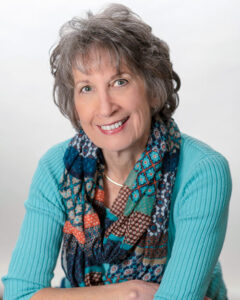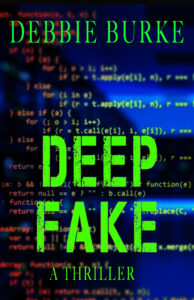 As writers, it shouldn’t surprise you to learn that even while silent, our bodies speak volumes. Nonverbal cues — body language — are the physical behavior, expressions, and mannerisms that communicate how we really feel.
As writers, it shouldn’t surprise you to learn that even while silent, our bodies speak volumes. Nonverbal cues — body language — are the physical behavior, expressions, and mannerisms that communicate how we really feel.
Whether we’re aware of it or not, our bodies are sending nonverbal signals when we interact with others. By analyzing gestures, posture, tone of voice, level of eye contact, etc., we can learn many things. Body cues enhance dialogue between characters.
Are you reading those same signals in the real world?
Members of the Animal Kingdom rely on body language to warn each other of potential danger. Crows are especially attuned to their environment. Just sayin’. 😉 I believe animals are our greatest teachers. We can learn a lot by studying how they interact with their environment and with different species. Matters not if a squirrel doesn’t speak crow, raven, or blue jay. That squirrel still knows how the birds are feeling, and vice versa, by reading their body language.
When we say one thing, but our body language says the opposite, the listener may conclude we’re being dishonest. And rightfully so. For example, we may say “yes” while wagging our head from side to side. Because body language is a natural, subconscious act that broadcasts our true feelings and intentions, the nonverbal signal is more accurate than spoken words.
Being cognizant of our own body language and perfecting how to communicate more fully is a valuable skill to learn for interviews, sales, book signings, video marketing, etc…anywhere we interact with others. Profilers and investigators rely on body language to help them dig for the truth.
Face Facts
The human face is extremely expressive, able to convey countless emotions without saying a word. Unlike other forms of nonverbal communication, facial expressions are universal. Indistinguishable across cultures, facial expressions show happiness, sadness, anger, surprise, fear, and disgust, to name a few.
Say Cheese
Not everyone smiles the same way. Some favor a close-lipped smile over a toothy grin. In general, when someone’s authentically happy, their whole face lights up and smile lines extend up to the corners of their eyes. On the flipside, a closed mouth smile may mean they’re masking their real emotion or appeasing their audience to avoid conflict.
Un-kissable Lips
Another mouth-related clue, pursed lips almost always indicate dissatisfaction or anger.
Eye of the Tiger
Since the visual sense is dominant for most people, eye contact is an important nonverbal body cue. The way we look at someone communicates many things, including interest, affection, hostility, or attraction. Eye contact is also important in maintaining the flow of conversation and for gauging the other person’s interest and response.
If you’re chatting with someone and they narrow their eyes, their body language portrays anger, confusion, or suspicion, and in some cases, deep concentration.
Liar, Liar, Pants on Fire
When someone is being dishonest, they’ll look up to their upper right (your left when facing them). The right side of the brain is our creative side (as you probably know). That glance upward allows them to access that part of the brain, thus thinking more creatively while fabricating the truth. They may also pause—stall—to buy time while constructing a more convincing lie.
Can You Hear My Body Language?
Consider how you perceive others by the way they sit, walk, stand, or hold their head. The way we carry ourselves nonverbally communicates a wealth of information. This type of body language includes posture, stance, and more subtle movements (as shown below).
Hot Crossed Buns Arms
How someone holds themselves says a lot about what they’re thinking, especially when it comes to their arms. A closed-off position indicates self-protection and blocking out a negative source. When we’re comfortable or open to communication, we’re more likely to stand with relaxed arms.
Space Shot
Have you ever had someone invade your personal space? Made you uncomfortable, right? We all need physical space, though that distance differs depending on the culture, situation, or closeness of the relationship. We use physical space to communicate many different nonverbal messages, including intimacy, affection, aggression, or dominance.
If someone’s uncomfortable or disinterested, they may slightly turn away from the conversation—whether they realize it or not.
Footprints in the Sand
Take note of the feet. Subconsciously, we tend to point our toes in the direction of where we’d like to go. If someone’s enjoying your company, their feet should point toward you. But if they desperately want to bolt, their feet will likely point toward the nearest exit. One caveat to this research is pain. Hence why we need to consider the person we’re talking to as well as the context of the encounter.
Nervous Nellie
When someone is nervous, they’ll often sit with their ankles crossed. Surprising, right? One exception is when the rest of their body portrays openness. For example, lacing fingers behind their head, reclined, with ankles crossed straight out in front of them. But if they lean back with their arms crossed it signals objection. Hence why you may want to reconsider how the interaction is going. If you’re trying to win someone over, engage them with questions and see if they lean forward instead.
Pat-A-Cake, Pat-A-Cake, Baker’s Hands
Gestures are woven into the fabric of daily life. A wave, point, or animation of hands often express emotion. Interestingly, some gestures vary between cultures. For example, flashing the “okay” hand signal conveys a positive message, but it’s considered offensive in Germany, Russia, and Brazil, for example. Should we discuss raising the middle finger? Hand signals don’t get much clearer than that. 😉
Stroking the chin often indicates a high interest in the conversation. Likely that person will ask probing questions to learn more. If you spot this cue, you’ve piqued interest among a captive audience.
Reach Out & Touch Someone
We communicate a great deal through touch. Think about the message behind a weak handshake, or a warm bear hug, a patronizing pat on the head, or a controlling grip of the arm.
The Nose Knows
Many people touch their nose, sniff, or breathe heavier when stressed. Breathing regulates the body, eases tension while we communicate, and helps us to regain composure. If we pay attention to these behaviors in others, it’ll help unearth the truth. Again, context is key. If someone is ill or has a health issue, we can safely disregard sniffing. But repetitive sniffing or quickened breaths indicate the person feels unbalanced or is trying to remain composed.
Watch Your Tone of Voice
Never is it a matter of what we say, but how we say it. When we speak, others read our voice while listening to our words. Timing, pace, volume, tone, inflection, and utterances that convey understanding, such as “ahh” and “uh-ha” are all good indicators to watch for. Think about how your tone changes when you add sarcasm, anger, affection, or confidence.
One Size Does Not Fit All
Keep in mind, body language is not always 100% accurate. The context of the situation as well as the individual we’re speaking to are both key factors to consider.
Writing aside, are you aware of body language in the real world? Funny stories always welcome!
On a personal note, I regained full control over my Mayhem Series. Woohoo! Created my own imprint and Indie pubbed all five books. What an amazing feeling! Book 6 is with my editor and I’m working with my cover designer now. Gotta share my new logo. You’ll get a kick outta it. 😉 Still waiting for Amazon to transfer my reviews. Other than that, I’m having a blast with my newfound freedom.
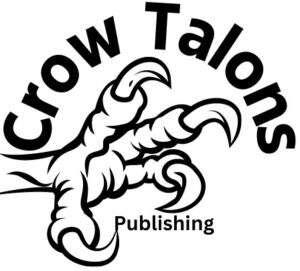


 In the case of the signing at Four Seasons Books, since I’m new to the community, I bought a gorgeous charcuterie platter from
In the case of the signing at Four Seasons Books, since I’m new to the community, I bought a gorgeous charcuterie platter from 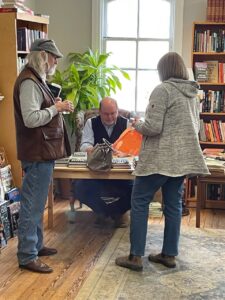 I always bring extra books–especially for the first event with a new bookseller. It’s always hard to estimate how many books is the right number for a signing, and for reasons that make all the sense in the world, booksellers often underestimate. If they run out of their stock, they can dig into my author’s copies, which they sell at list price and then just backfill my copies with the next order from their distributor. This saves a lot of embarrassment.
I always bring extra books–especially for the first event with a new bookseller. It’s always hard to estimate how many books is the right number for a signing, and for reasons that make all the sense in the world, booksellers often underestimate. If they run out of their stock, they can dig into my author’s copies, which they sell at list price and then just backfill my copies with the next order from their distributor. This saves a lot of embarrassment. As writers, it shouldn’t surprise you to learn that even while silent, our bodies speak volumes. Nonverbal cues — body language — are the physical behavior, expressions, and mannerisms that communicate how we really feel.
As writers, it shouldn’t surprise you to learn that even while silent, our bodies speak volumes. Nonverbal cues — body language — are the physical behavior, expressions, and mannerisms that communicate how we really feel.
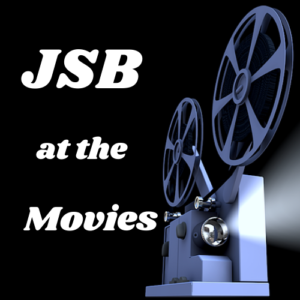 I had a tough decision to make for this installment of JSB at the Movies. It came down to a choice between
I had a tough decision to make for this installment of JSB at the Movies. It came down to a choice between  The director George Cukor suggested Swanson to Wilder, and how perfect she was. She had been one of the great “faces” of silents, and was the right age—50—for Norma. That’s when Wilder got the brilliant idea of using Cecil B. DeMille as himself, for he had famously worked with Swanson in the silent era and was still directing movies. Swanson would essentially be playing a version of herself.
The director George Cukor suggested Swanson to Wilder, and how perfect she was. She had been one of the great “faces” of silents, and was the right age—50—for Norma. That’s when Wilder got the brilliant idea of using Cecil B. DeMille as himself, for he had famously worked with Swanson in the silent era and was still directing movies. Swanson would essentially be playing a version of herself.
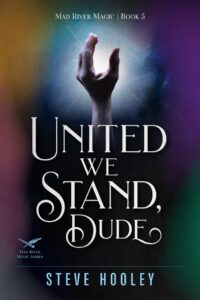
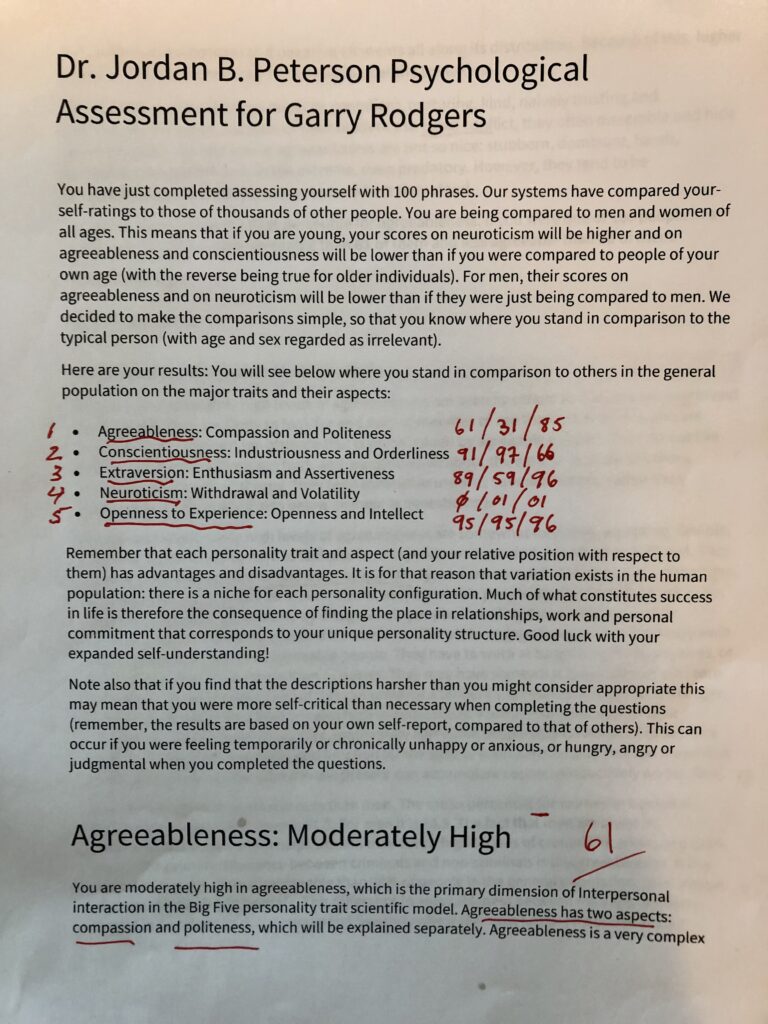
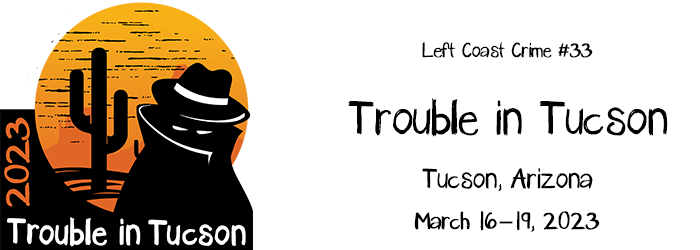 I’m in Tucson for the Left Coast Crime Conference, so forgive me if I don’t respond to comments right away.
I’m in Tucson for the Left Coast Crime Conference, so forgive me if I don’t respond to comments right away.
